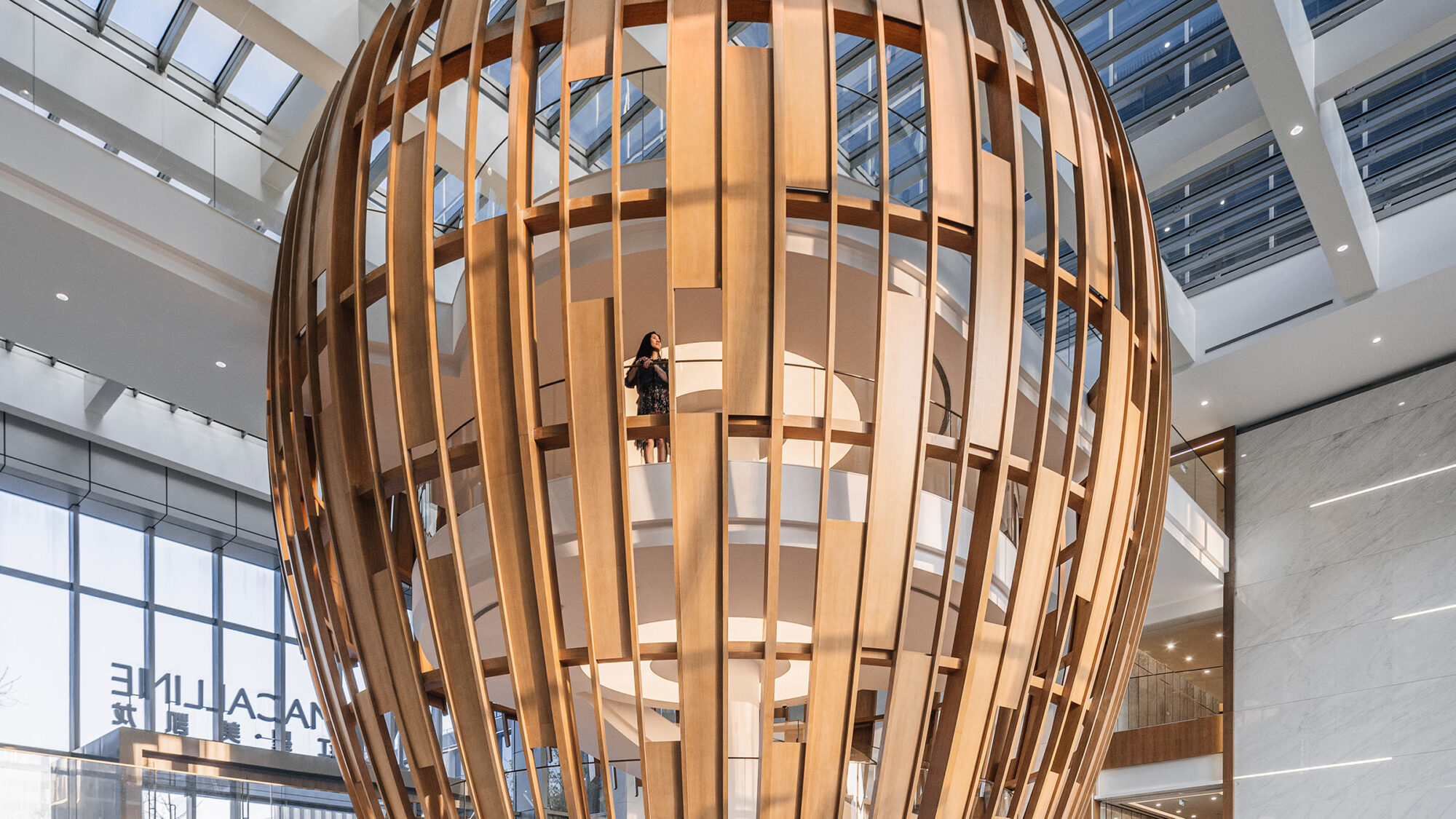

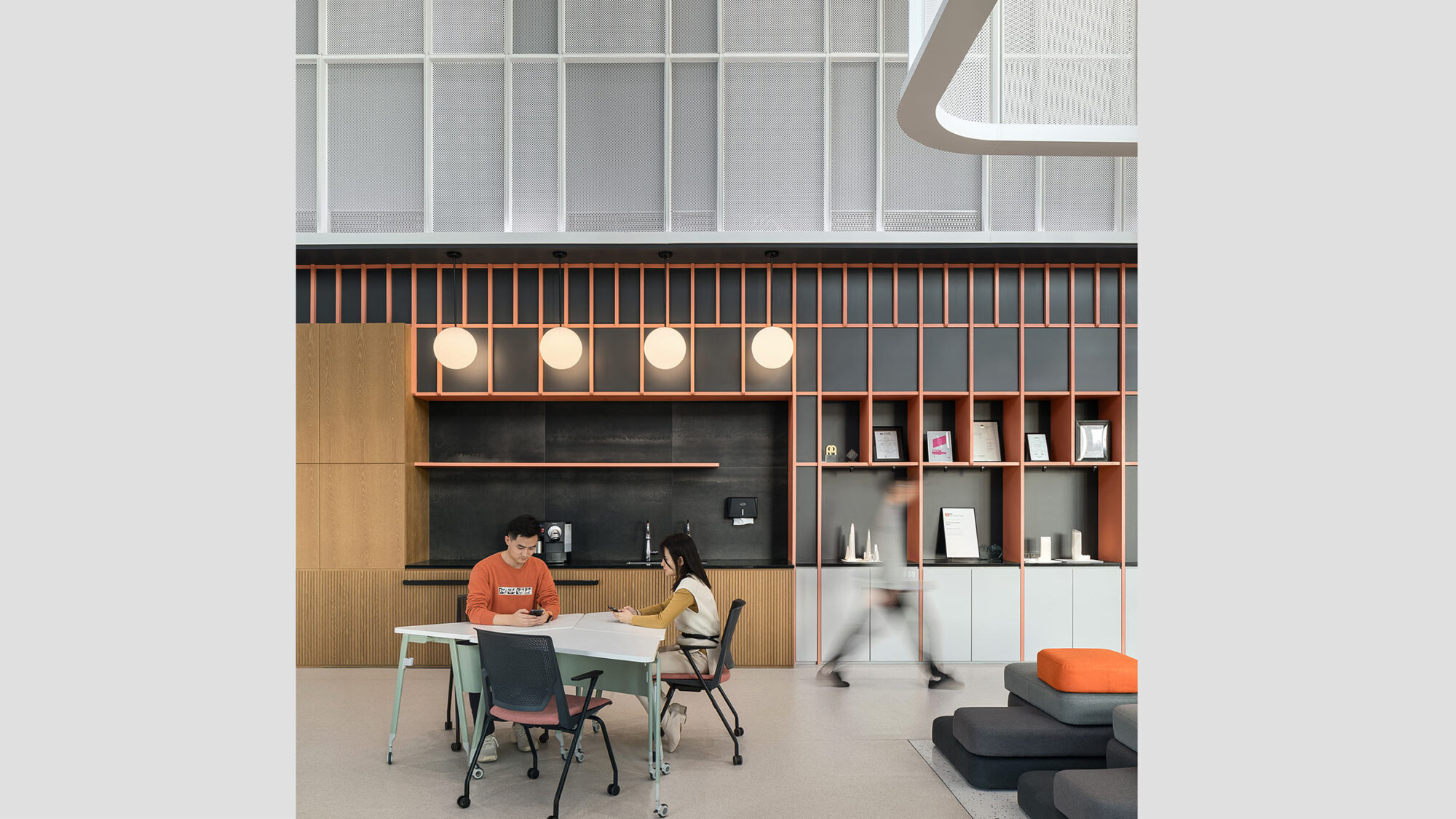


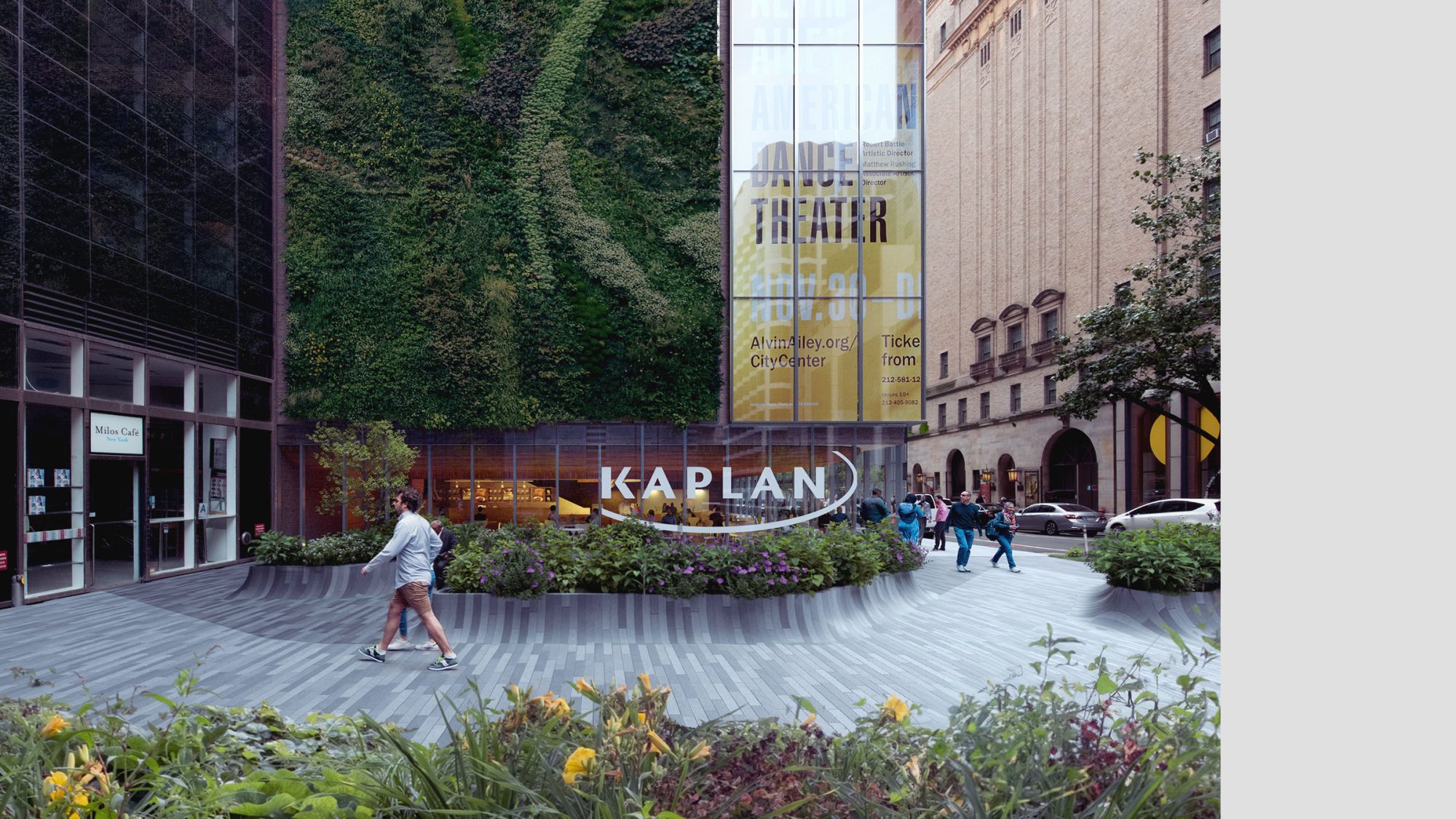
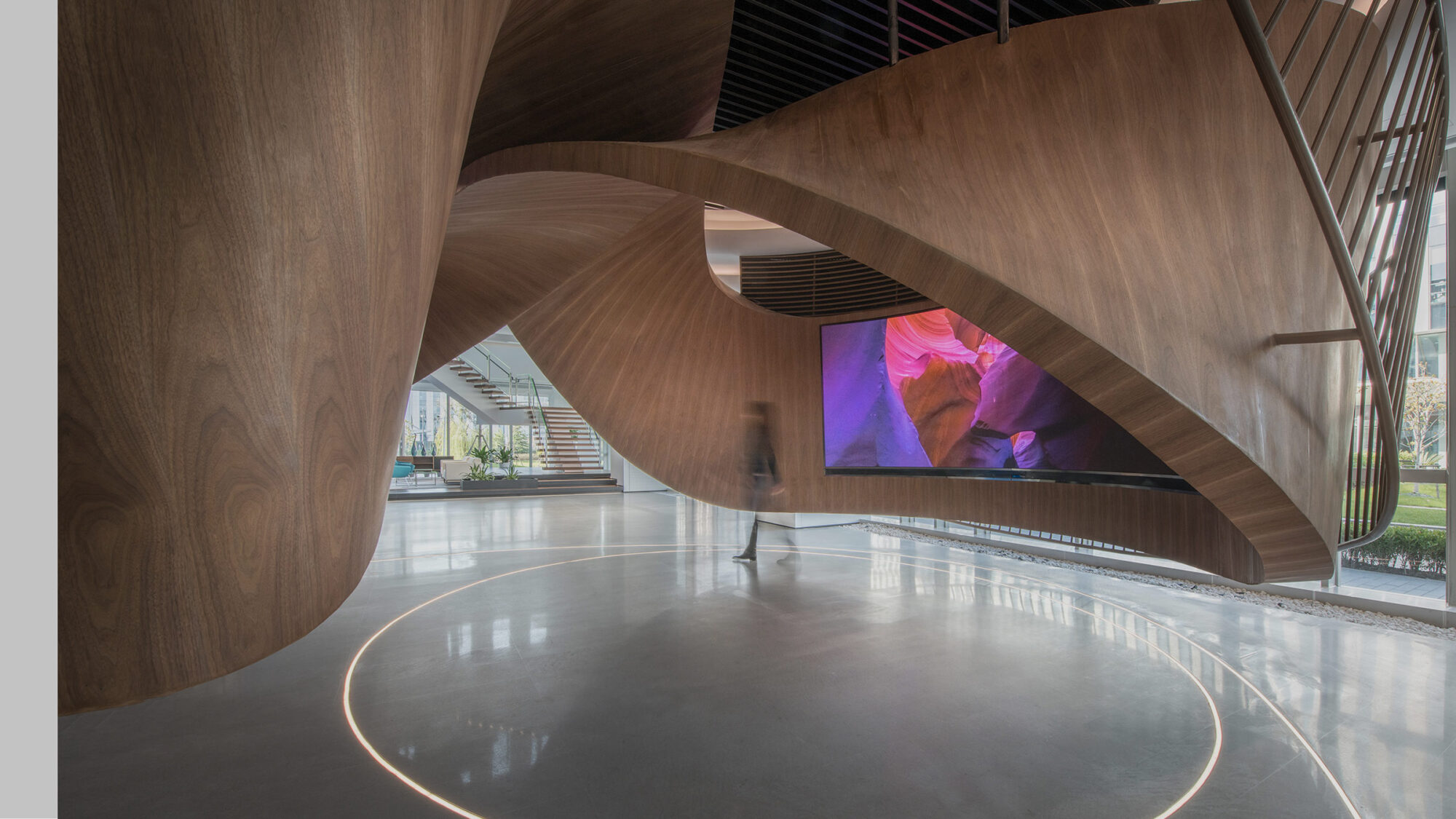
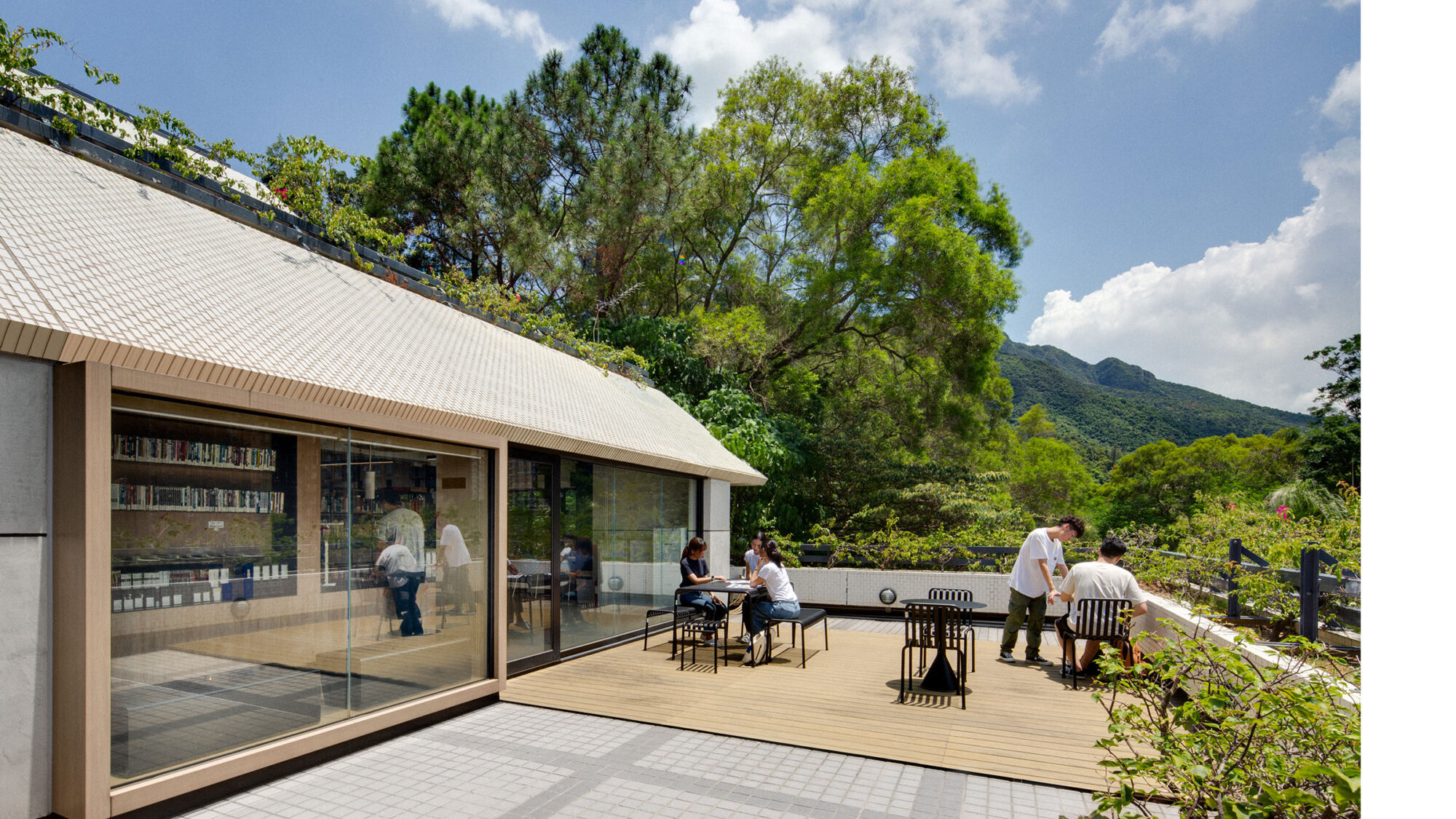



Corporate real estate leaders in New York and around the globe are under extraordinary pressure. Managing the complexities of rising vacancy, shifting tenant expectations, hybrid work models, ESG compliance and capital requires experienced partners. These partners must deliver workplace strategy for CRE alongside execution and measurable value.
At M Moser New York, we serve as strategic collaborators. A single, integrated team with the skillset and experience required to help CRE executives not only manage assets but transform them into competitive advantages.
Today’s CRE leaders are navigating one of the most complex markets in decades. Challenges require new strategies that strike a balance between cost control and innovation, sustainability and long-term resilience.
Vacancy and market repositioning
In Manhattan, prime rents have declined ~4.3 % year-over-year (Q2 2025), and the gap between top-tier and secondary space is widening. In Q2 2025, citywide office vacancy sits at approximately 14%, totalling 107 million sq ft across new York City, even as landlords attempt to recalibrate rents upward.
At the same time, leasing activity remains robust. Manhattan leasing in H1 2025 reached 20.6 million sq ft, signalling that demand for quality space persists. These trends indicate a ‘flight to quality,’ tenants are less indulgent in outdated assets, pushing CRE leaders to reposition buildings or convert unused space.
Hybrid work and portfolio optimization
Research recommends three workplace strategy levers for CRE in a hybrid era. Deploying occupancy analytics, applying agile portfolio strategies and embedding ESG programs. CRE teams are increasingly viewed as value enablers, balancing cost, flexibility and business alignment.
Scenario planning is also becoming central. Instead of rigid forecasting, CRE leaders are modelling multiple future states (e.g. higher remote adoption, densification, or growth).
Regulation, sustainability and ESG
Local mandates (e.g. New York’s carbon reduction regulations) mean CRE leaders must factor energy, decarbonization and occupant wellness into assets.
Investors and tenants are signaling ESG expectations more strongly since buildings that can’t deliver on sustainability risk obsolescence.
Taken together, these disruptions require that CRE leaders move from reactive management to proactive transformation.
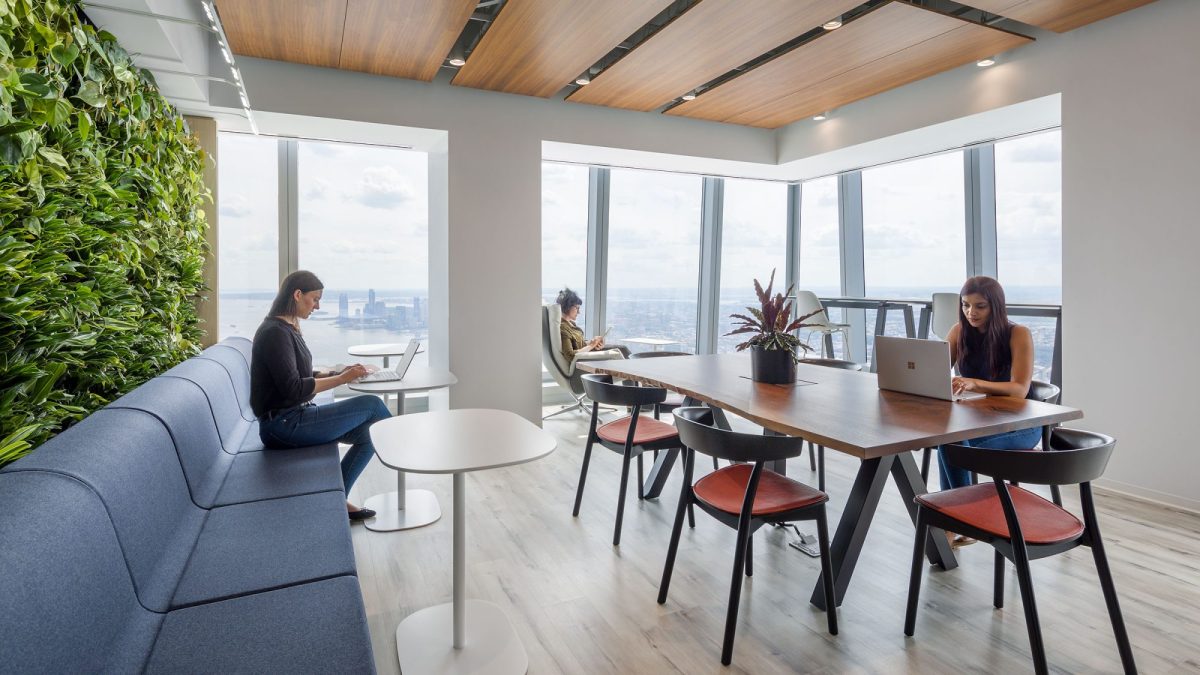 WELL Platinum and LEED Gold-certified workplace for DNB, New York.
WELL Platinum and LEED Gold-certified workplace for DNB, New York. 
Below are a few core pillars of how M Moser New York delivers value to corporate real estate initiatives.
Integrated workplace & portfolio strategy
We begin with deep alignment to an organization’s business goals and CRE priorities.
Space utilization studies and data analytics
Deploy sensors, workplace analytics platforms and user research to identify underused areas, inefficiencies and opportunities for densification or reconfiguration.
Scenario-driven planning
We create multiple ‘if/then’ models, e.g. 20 % remote, 40 % remote, full return, and stress-test the real estate strategy under each. This helps avoid overcommitment and builds flexibility.
Occupier-led programming
Rather than designing from an ‘office aesthetic’ standpoint, we ensure that configuration, adjacencies and amenity strategy reflect real user behavior, mobility patterns and business workflows.
This strategic front-end ensures that any real estate, design, or construction decisions are grounded in data and business intent.
One-team execution
One of our differentiators is combining design vision and execution capabilities:
Design-build integration: By keeping architecture, interior design, engineering and implementation under one umbrella, we reduce silos, speed decision-making and control cost and quality.
Agile, phased rollouts: We often break large repositioning projects into modules or phases (floors, wings, amenity zones), enabling incremental improvements and minimizing disruption.
Cost certainty and risk mitigation: With early cost modelling, value engineering and in-house oversight, we help CRE leaders avoid scope creep and budget overruns.
ESG, wellness and future-proofing
To align with sustainability goals and future operational resilience:
Performance benchmarking and modelling: We run energy, daylight, indoor environmental quality (IEQ) and thermal modelling to guide systems decisions (HVAC, glazing, BMS).
Certifications and occupant wellness: We support LEED, WELL, RESET, or fit-out standards that satisfy tenants and investors seeking health-forward and environmentally responsible spaces.
Adaptive reuse and flexibility: Our design approach often anticipates future changes, with floorplates built for conversion, modular furniture systems, and flexible infrastructure, ensuring an asset’s longevity.
Tenant experience and amenity strategy
Because tenant retention and satisfaction are central in CRE:
Experience layering: Strategic amenity planning (collaboration zones, food & beverage, fitness, outdoor spaces) tailored to tenant profiles enhances marketability.
Tech-enabled operations: Integration of digital building apps, space booking, wayfinding and occupant analytics improves the user experience and helps owners gather ongoing feedback.
Service branding and hospitality mindset: We help clients embed a ‘hotel-like’ service ethos, from concierge to adaptive utility, to differentiate assets in a competitive leasing landscape.
Ongoing advisory and evolution
Our support doesn’t end at handover:
Post-occupancy evaluation: We monitor performance metrics (utilization, IEQ, satisfaction) and adjust over time to fix pain points and improve outcomes.
Change management and stakeholder engagement: We help roll out the new workplace to users, training, communication, post-move support, to maximize adoption and minimize friction.
Future refresh and optimization: Rather than treating design as static, we plan for periodic refresh cycles, helping keep buildings relevant as tenant expectations evolve.
We specialize in corporate and commercial workplace design ad workplace strategy for CRE. By working with us, leaders gain confidence that their real estate is an enabler, not just a cost line, toward business outcomes. Here’s what differentiates us in the market:
End-to-end partnership, from strategy through build to operations, reduces handoff friction.
NYC + global insight, local market expertise, combined with global best practice frameworks.
Data orientation, we anchor design decisions in analytics, not intuition.
Flexibility mindset, we build for change, not static solutions.
Alignment with investor and tenant imperatives, ESG, wellness, experiential differentiation.
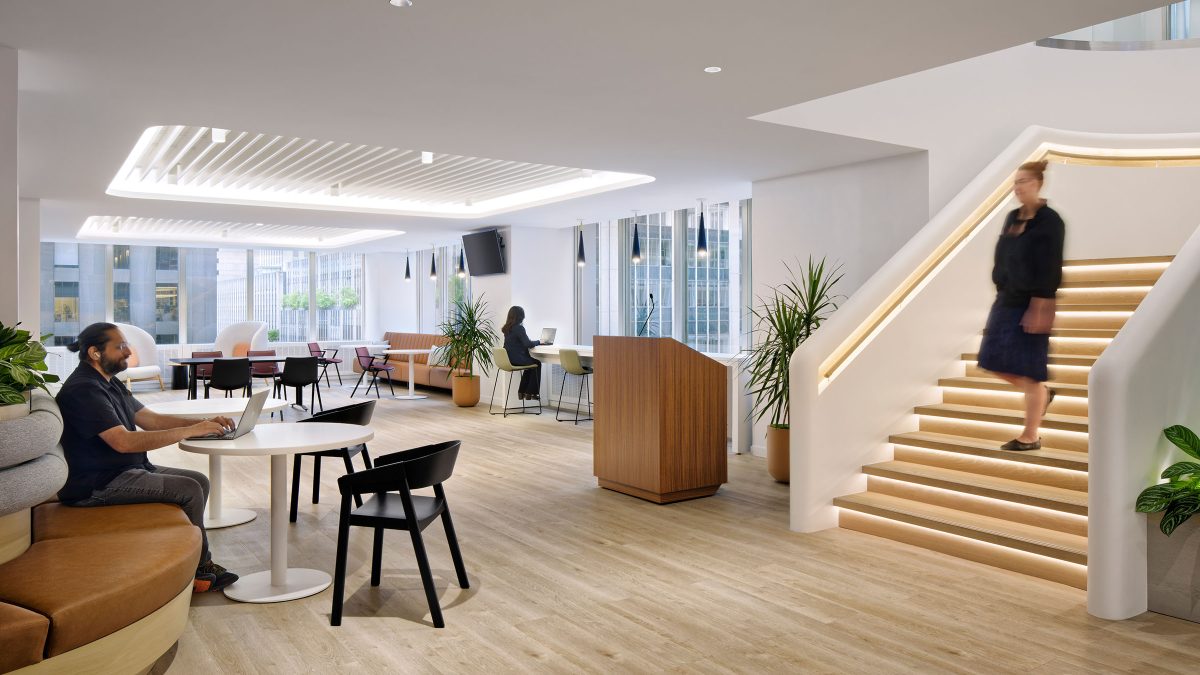
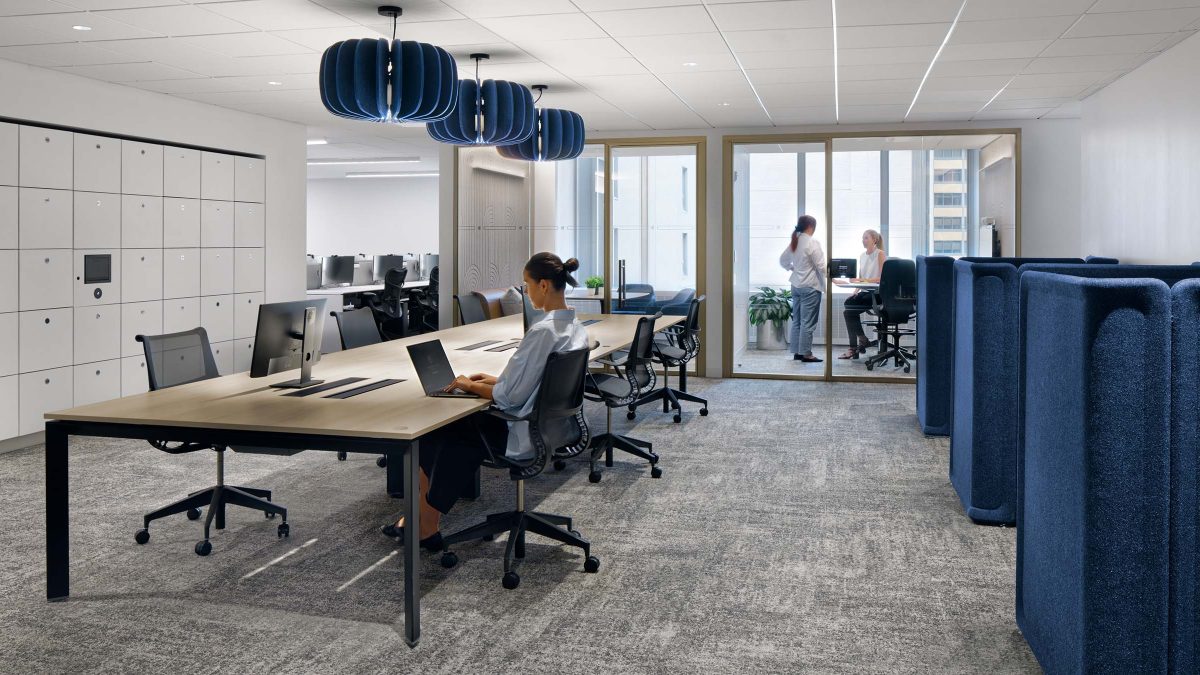
In a time of fast change and rising expectations, corporate real estate leaders are rethinking how they work. M Moser New York is here to help CRE teams realign, reposition and build portfolios ready for what’s next.
Contact our New York team to discuss how we can help you de-risk your investments, optimize your workplace and differentiate your assets in today’s market.